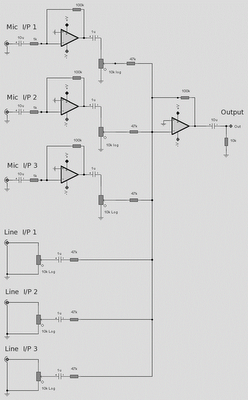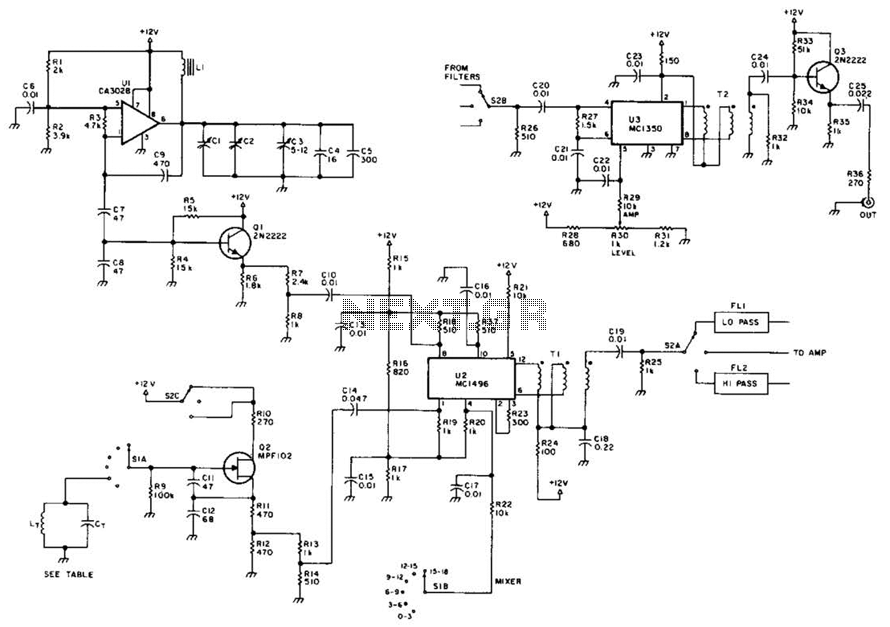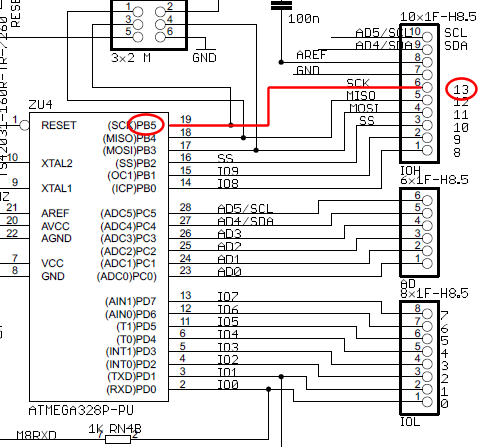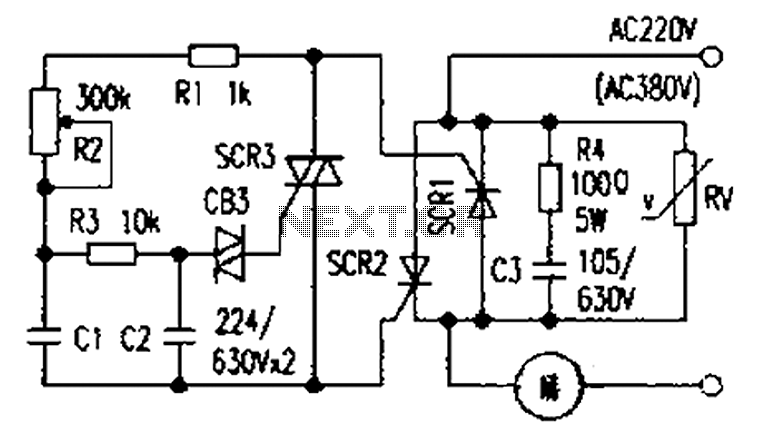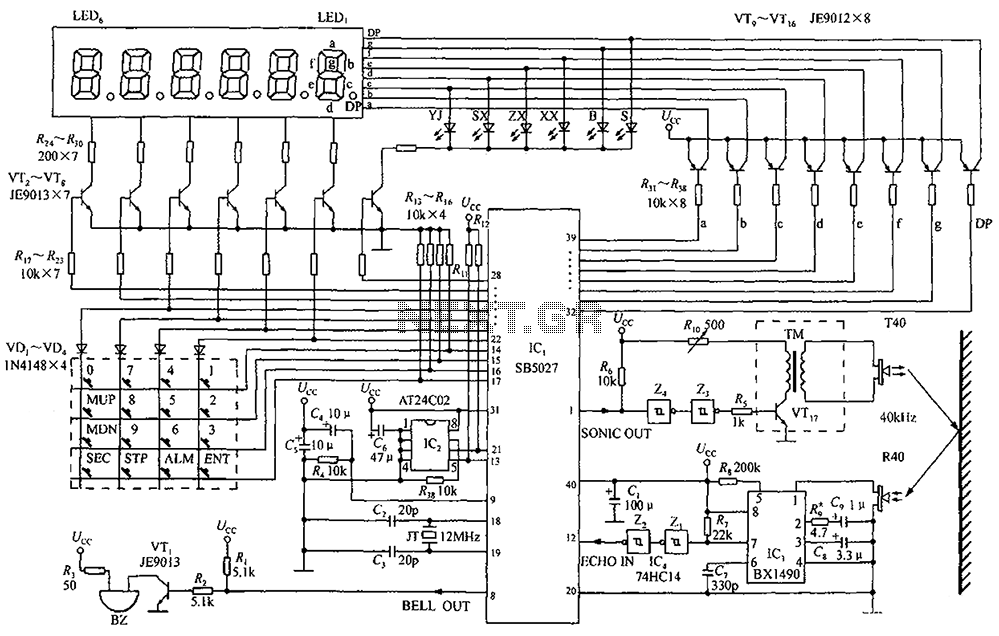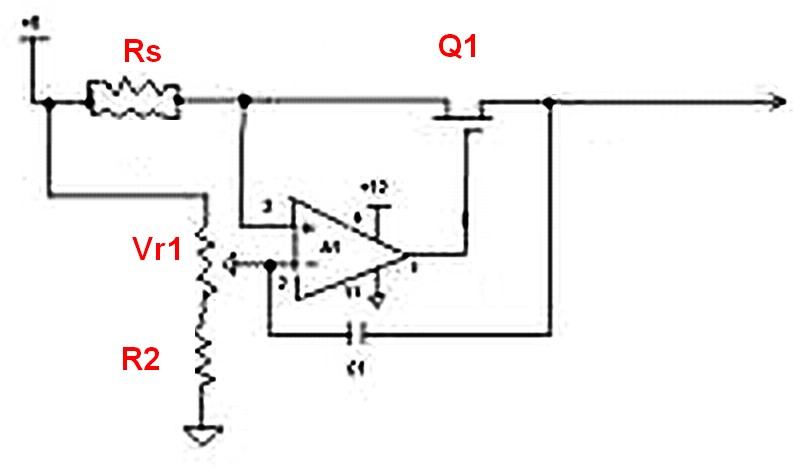
Protection Circuit For Electrical Appliances From Power Supply Variations PCB
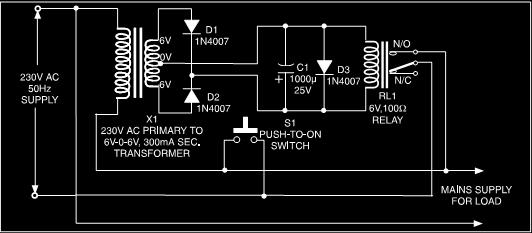
This is a low-cost protection circuit designed to safeguard electrically operated home appliances, such as TVs, DVD players, refrigerators, and other devices, during sudden power outages and the subsequent restoration of mains supply. Appliances like refrigerators and air conditioners are particularly vulnerable to damage from fluctuations in power supply. The circuit provides adequate safety against unstable power conditions. It functions by disconnecting the mains supply to the load immediately when a power trip occurs. Restoration of the supply can only be achieved through manual intervention. Once the power stabilizes, the circuit will switch back on. It consists of a step-down transformer followed by a full-wave rectifier. The capacitor C1 acts as a filter or smoothing capacitor, providing a power supply source for relay RL1. Initially, when the circuit is powered on, the path for the step-down transformer X1 and the load is incomplete because the relay is in a de-energized state. The relay can be energized through switch S1 for a brief period, completing the circuit for the transformer X1 and the load via the closed contacts of switch S1. At the same time, power is supplied to the relay, which energizes it, creating a parallel supply path for both the transformer and the load. If there is any interruption in the power supply, the relay activates. Consequently, if the supply is interrupted even momentarily, the relay becomes de-energized, and the switch S1 must be pressed momentarily (once the supply resumes) to restore power to the load.
The circuit design incorporates a step-down transformer (X1) that reduces the mains voltage to a safer level suitable for the components in the circuit. The full-wave rectifier converts the alternating current (AC) output from the transformer into direct current (DC), which is essential for powering the relay and the control logic. The capacitor C1 plays a crucial role in smoothing the rectified output, ensuring a steady DC voltage is available to energize relay RL1.
Relay RL1 is a key component in this circuit, acting as an automatic switch that disconnects the load from the mains supply during a power outage. In its de-energized state, the relay opens the circuit, effectively isolating the load from the mains. When the circuit is initially powered, the user can manually close switch S1, energizing the relay and allowing current to flow through the transformer and load. This momentary action is critical since it enables the relay to maintain its energized state, creating a continuous path for the power supply until an interruption occurs.
Upon detecting a power interruption, the relay will automatically de-energize, cutting off the load from the mains supply. This feature protects sensitive appliances from potential damage caused by sudden voltage fluctuations. Once the mains power resumes, the user must press switch S1 again to re-establish the connection, ensuring that the appliances are not inadvertently reconnected during unstable conditions.
Overall, this low-cost protection circuit is an effective solution for safeguarding home appliances from the risks associated with erratic power supply conditions, providing both safety and manual control over the restoration of power.Here is a very low-cost protection circuit to save your electrically operated home appliances, such as TV, DVD player, refrigerator, and other instruments during sudden tripping and resumption of mains supply. Appliances like refrigerators and air conditioners are more sensitive to damages due to such mains supply variations.
Thus the circuit prov ides suitable safety against erratic power supply conditions. The simple circuit given here switches off the mains supply to the load as soon as the power trips. The supply can be resumed only by manual intervention. Whenever the supply is found to be stabilized, then it switch on. The circuit consist of a step down transformer followed by a full wave rectifier. The capacitor C1 act as a filter or smoothing capacitor which act as a power supply source for relay RL1. Initially, when the circuit is switched on, the power supply path to the step-down transformer X1 as well as the load is incomplete, as the relay is in de-energised state.
The relay can be energised by the switch S1 for a short period of time. This completes the path for the supply to transformer X1 as also the load via closed contacts of switch S1. Meanwhile, the supply to relay becomes available and it gets energised to provide a parallel path for the supply to the transformer as well as the load.
If there is any interruption in the power supply, the relay activates Thus, once the supply is interrupted even for a short period, the relay is de-energized and you have to press switch S1 momentarily (when the supply resumes) to make supply available to the load. 🔗 External reference
The circuit design incorporates a step-down transformer (X1) that reduces the mains voltage to a safer level suitable for the components in the circuit. The full-wave rectifier converts the alternating current (AC) output from the transformer into direct current (DC), which is essential for powering the relay and the control logic. The capacitor C1 plays a crucial role in smoothing the rectified output, ensuring a steady DC voltage is available to energize relay RL1.
Relay RL1 is a key component in this circuit, acting as an automatic switch that disconnects the load from the mains supply during a power outage. In its de-energized state, the relay opens the circuit, effectively isolating the load from the mains. When the circuit is initially powered, the user can manually close switch S1, energizing the relay and allowing current to flow through the transformer and load. This momentary action is critical since it enables the relay to maintain its energized state, creating a continuous path for the power supply until an interruption occurs.
Upon detecting a power interruption, the relay will automatically de-energize, cutting off the load from the mains supply. This feature protects sensitive appliances from potential damage caused by sudden voltage fluctuations. Once the mains power resumes, the user must press switch S1 again to re-establish the connection, ensuring that the appliances are not inadvertently reconnected during unstable conditions.
Overall, this low-cost protection circuit is an effective solution for safeguarding home appliances from the risks associated with erratic power supply conditions, providing both safety and manual control over the restoration of power.Here is a very low-cost protection circuit to save your electrically operated home appliances, such as TV, DVD player, refrigerator, and other instruments during sudden tripping and resumption of mains supply. Appliances like refrigerators and air conditioners are more sensitive to damages due to such mains supply variations.
Thus the circuit prov ides suitable safety against erratic power supply conditions. The simple circuit given here switches off the mains supply to the load as soon as the power trips. The supply can be resumed only by manual intervention. Whenever the supply is found to be stabilized, then it switch on. The circuit consist of a step down transformer followed by a full wave rectifier. The capacitor C1 act as a filter or smoothing capacitor which act as a power supply source for relay RL1. Initially, when the circuit is switched on, the power supply path to the step-down transformer X1 as well as the load is incomplete, as the relay is in de-energised state.
The relay can be energised by the switch S1 for a short period of time. This completes the path for the supply to transformer X1 as also the load via closed contacts of switch S1. Meanwhile, the supply to relay becomes available and it gets energised to provide a parallel path for the supply to the transformer as well as the load.
If there is any interruption in the power supply, the relay activates Thus, once the supply is interrupted even for a short period, the relay is de-energized and you have to press switch S1 momentarily (when the supply resumes) to make supply available to the load. 🔗 External reference
